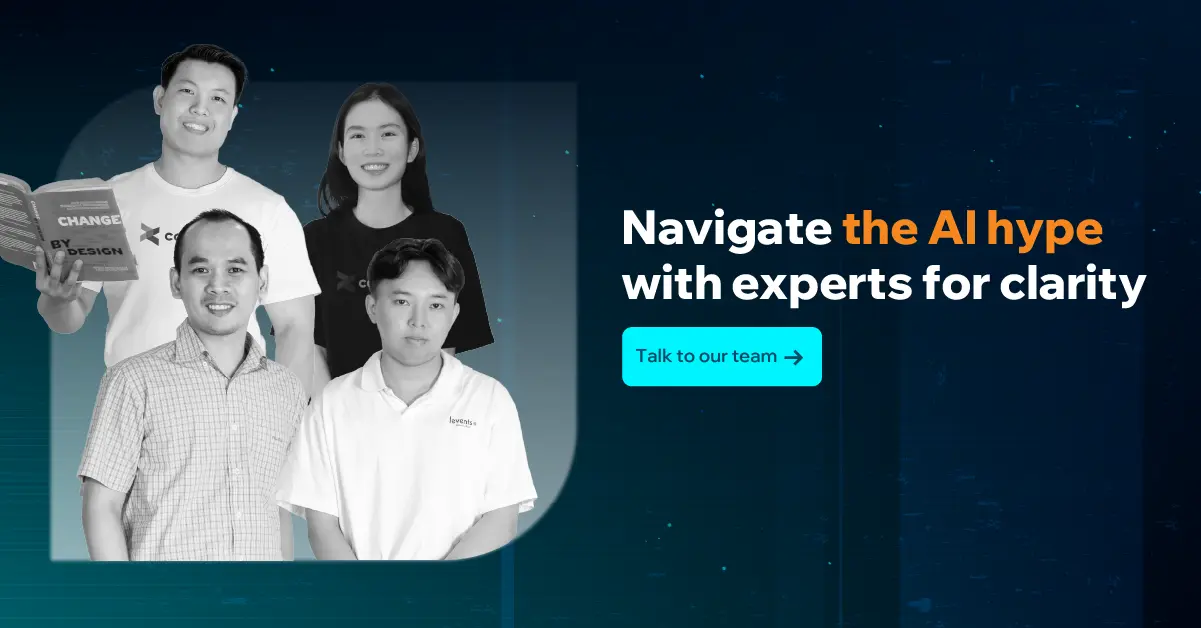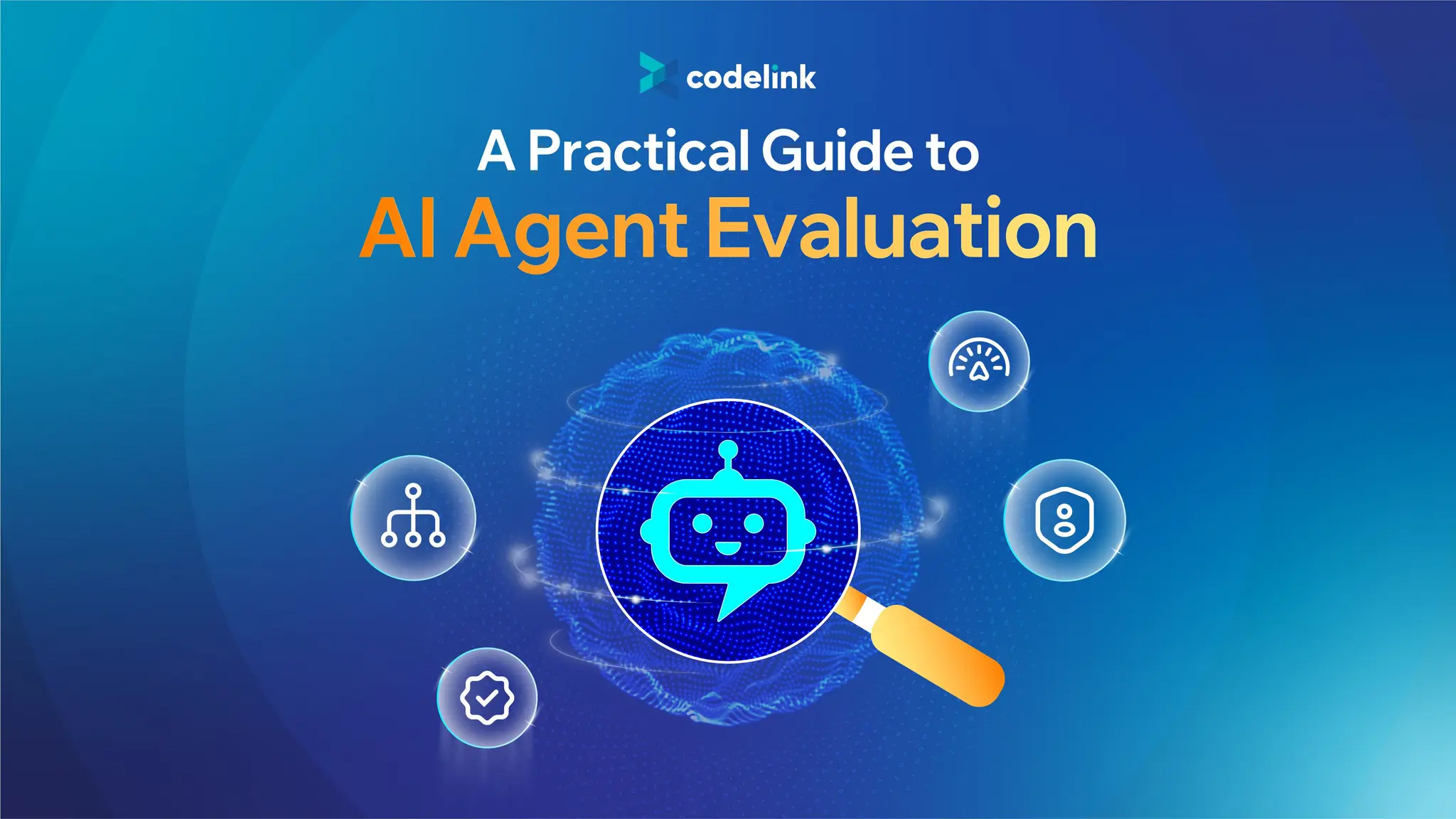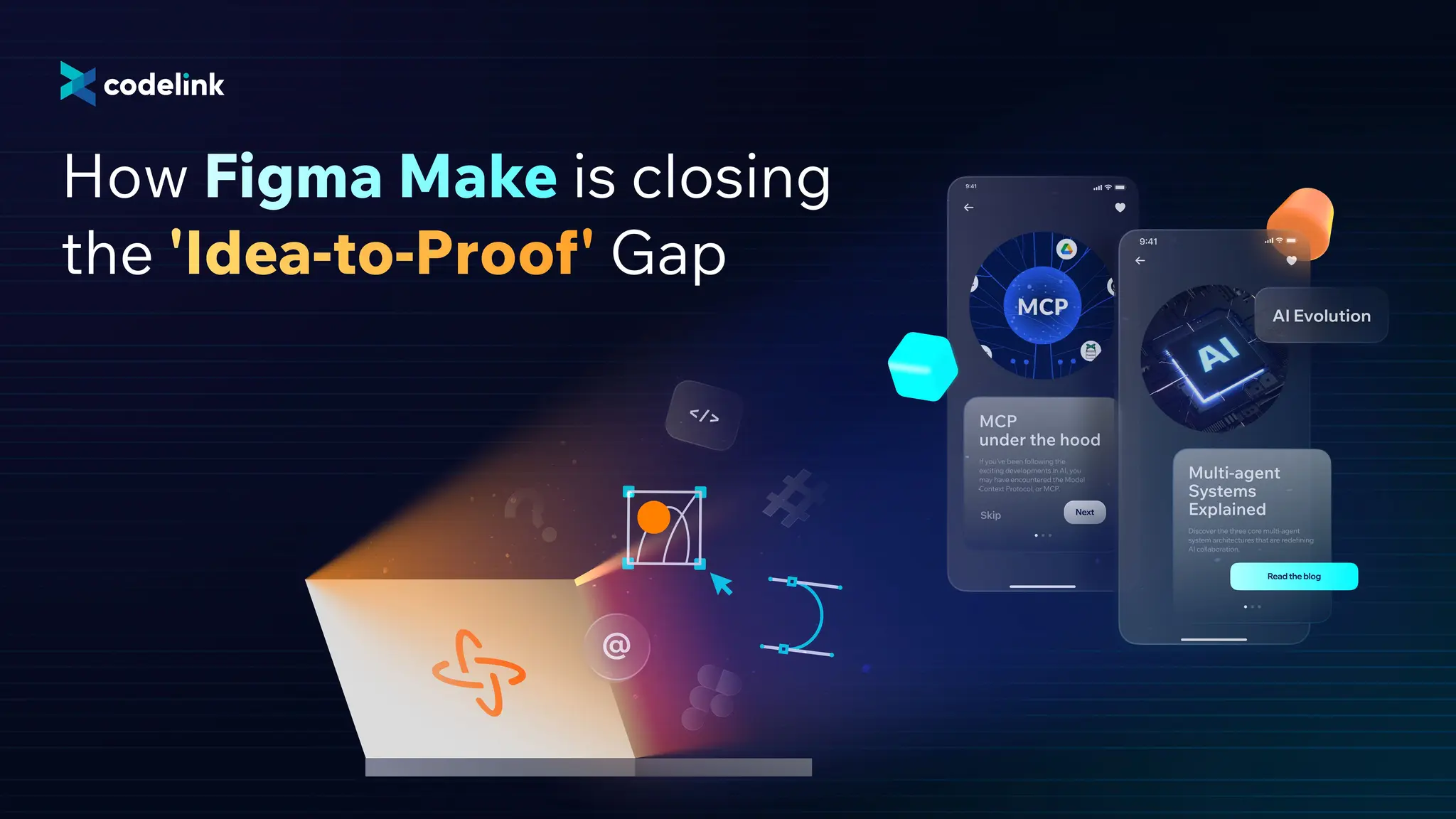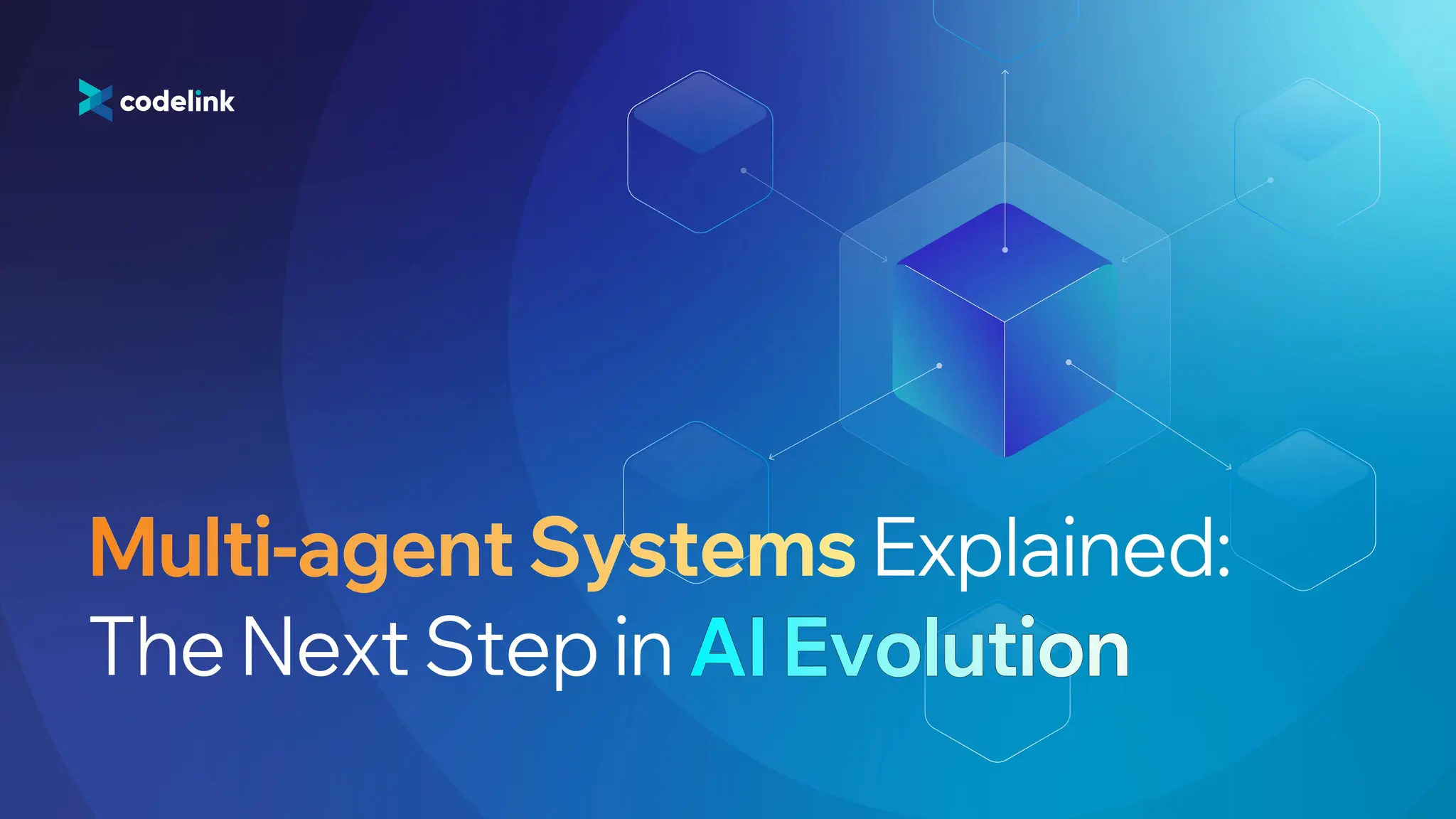How to Decide if Your Product Needs AI (or If You’re Just Chasing Trends)
AI is everywhere, but not every product needs it. This guide walks you through a clear, practical framework to evaluate whether AI adds real value or noise to your product.

In the current technology landscape, "AI-powered" is often treated as a definitive badge of innovation. Investors are drawn to it. Customers expect it. And businesses everywhere are scrambling to ride the hype.
However, the strategic application of AI is a matter of precision, not trends. Adding AI "just because" can drain budget, burn out teams, and dilute everyone’s focus on the real goals. The critical question is not if you can use AI, but why you should.
Below is a step-by-step guide that’s designed to help you decide with clarity.
Step 1: Performing a "Yes" or "No" Test for AI
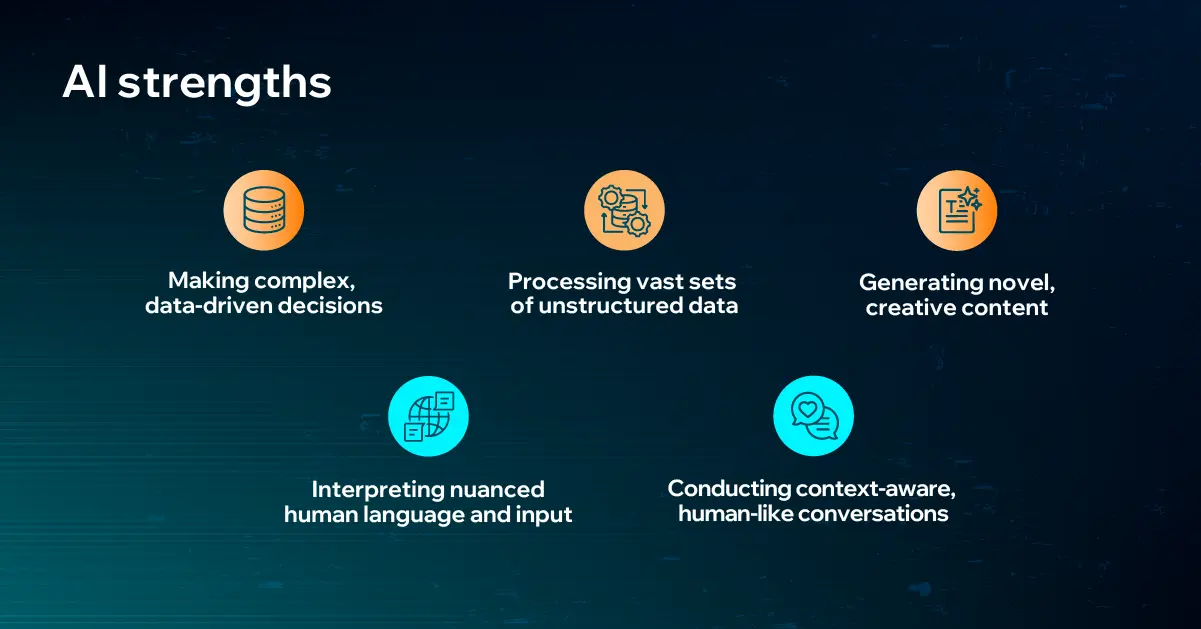
AI excels in tasks that require cognitive-level processing. To determine if it’s the right fit, diagnose your own situation with a foundational question: Is there an intellectual process I’m trying to automate?
If your answer is no, and the task can be solved with basic logic or standard control flows, an AI model is unnecessary. Simple rule-based systems are faster, cheaper, and more reliable in those cases. For example, a system that sorts support tickets based on keywords is a clear-cut task for a simple rules engine.
But if your answer is yes, go deeper: Can the process be clearly defined with a fixed set of rules?
If you can manually write down all the rules—even if the list is long—doing so will give you more stable and consistent results than an AI model. If not, and the process involves nuance, uncertainty, or too many edge cases to list, that’s when AI makes sense.
Step 2: Spot the Signs of a Trend-Driven AI Strategy
Before moving forward, it's critical to gut-check your motives. Purposeful application is what separates a powerful AI feature from "AI theater." Here are the common signs that your team is chasing trends rather than value:
-
AI for marketing, not function: Are you adding the label just for the sound of it? While it might attract initial clicks, products risk damaging trust when users find there’s no real substance behind the claim.
-
The human replacement myth: AI is a powerful assistant, not a replacement for experts. Your team’s domain knowledge is what keeps an AI model relevant and sharp. Without human feedback, its quality will inevitably degrade.
-
Vague goals: An appeal to "improve our product with AI" is not a strategy. If you can't clearly state the problem you're solving and how to measure success, AI won't magically find the answer for you.
-
Lack of technical understanding: Effective AI solutions demand strong engineering and mathematical expertise. Without this, expect models that are probably inefficient, brittle, or incapable of scaling.
-
Insufficient or low-quality data: An AI model is a direct reflection of its training data. Without large, relevant, and well-labeled datasets, the model cannot learn or generate meaningful outcomes.
-
Ignoring data privacy and security: Handling user data is a huge responsibility. A plan for data privacy and security isn't an afterthought; it must be a core part of your AI development from day one.
Being able to spot these signs is the key to separating a valuable feature from a costly distraction.
Step 3: A 5-Step AI Evaluation Framework
Once you've confirmed you have a valid use case and are proceeding for the right reasons, this deliberate framework helps ensure your potential AI feature is strategically sound before you invest deeply. Ready to evaluate a potential AI feature?
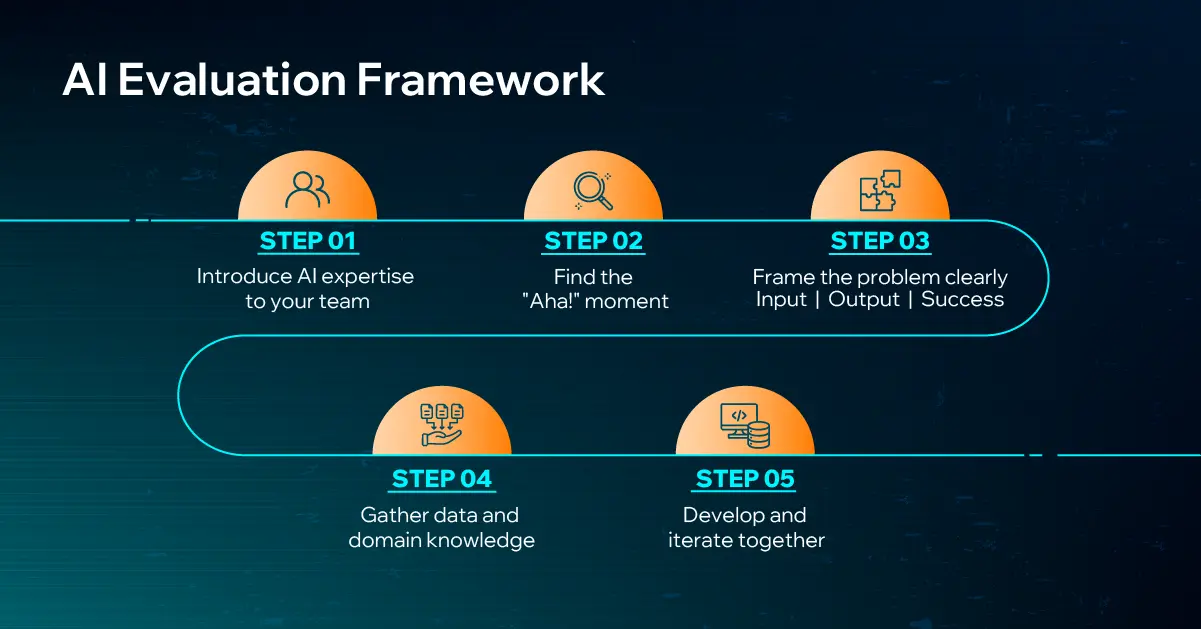
-
Introduce AI expertise to your team: Before starting a journey into new territory, you bring an expert guide. Do the same here. Work with experienced AI strategists who can help define the path clearly and understand what's actually feasible.
-
Find the "aha!" moment: Where could AI create a genuine "aha!" moment for your users? Pinpoint specific opportunities where it could deliver measurable value, whether through smart automation, deep personalization, or better security.
-
Frame the problem clearly: Every successful project starts with a clear mission. For AI, that means defining: Input - What data will the system receive?; Output - What result should it generate?; Success - What does “good performance” look like?
-
Gather data and domain knowledge: Collect the right data, then pair it with human wisdom. Your domain experts are the ones who understand the user needs and tricky edge cases that will make an AI solution truly effective.
-
Develop and iterate together: Great AI isn't a one-time setup. It needs to be tested, refined, and improved with a constant feedback loop between your engineers, product owners, and experts. It must be woven into your product, not just bolted onto the side like a forgotten plugin.
Final Thoughts: AI is a Tool, Not a Goal
Ultimately, AI is not the goal. It’s a powerful tool for solving the right kinds of problems. True advancement comes from asking the right questions, framing the problem with clarity, and making strategic investments in expertise and data.
The bottom line will always be this: AI should serve your product, not distract from it.
💡 Need Help Deciding If Your Product Needs AI?
At CodeLink, our product and AI experts help teams distinguish between real value and industry hype. We partner with startups and enterprises to identify and build smart, practical applications of AI that drive meaningful results. Let's talk.

Tien Ha
Senior AI & Full-stack Developer
Tien Ha is an AI and Full-stack Developer with four years of experience. Specializing in Python, JavaScript, and modern frameworks, Tien excels in AI model design and developing scalable backend and frontend services, seamlessly integrating AI development with software engineering.
